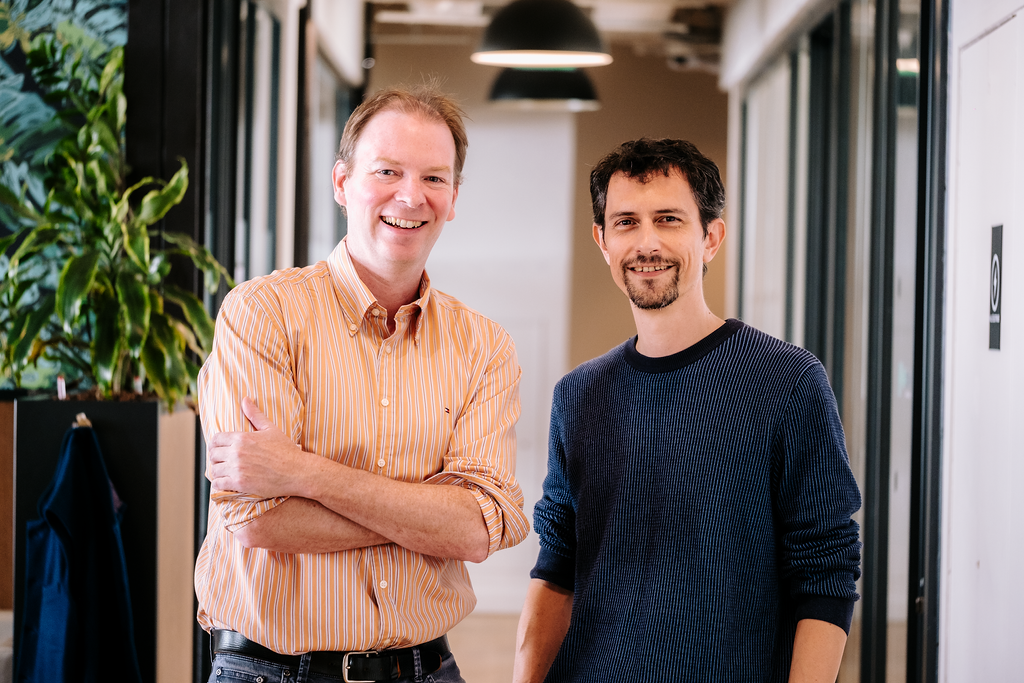Get to know Propellane - Techstars Sustainability Paris Accelerator
Oct 17, 2023

Christophe Poncelet (CEO) | Tristan Desrues (CTO)
Propellane novel systems reduce the CO2 and NOx emissions of industrial heat by 5x. At no extra operational costs vs fossil gas.
1. Describe the problem/the industry that you are trying to mediate (and precise the UN SDG-s you are solving).
Cheap fossil gas prevents the decarbonization of the industry: industries need heat for their processes. A lot of heat. Actually, depending on their business and manufacturing process, the production of this heat usually represents anything between 1/3 and 2/3 of their total energy use and most of the time (75-90%, depending on the regions), they burn fossil fuel - gas or oil - to produce it. Because electricity is almost always more expensive than fossil gas (by a factor 2-4x), the electrification (resistive, IR, UV..) of this process, which could reduce their CO2 emissions, would also double their cost of heat. Which, of course, industries can't afford if they want to remain competitive. So they keep burning gas instead and emit CO2 and NOx in vast quantities.
Bridging the gap: Propellane’s novel electric heating systems have a much higher efficiency than legacy equipment, putting electric heat costs at the same (lower) level as fossil gas heat costs. Depending on the technical environment and rates, industries can now reduce their emissions by 5 without extra costs.
It tackles several UN SDGs:
UN-SDG 7 (Affordable and Clean Energy)
UN-SDG 9 (Industry, Innovation & Infrastructures)
UN-SDG 11 (Sustainable cities & Communities)
UN-SDG 12 (Responsible consumption & Production)
UN-SDG 13 (Climate Action)
2. How did the idea to create the company come to mind? How did your team come to be?
We met through an energy efficiency project on which we both worked. Combining key technologies used in different sectors we were familiar with (aerospace and oil & gas to name a few) and on which we had expertise seemed interesting at first but it soon proved to be a way to address the issues that many industrial clients faced, especially on the challenges posed by waste heat recovery. A full digital model of the solution, simulating the expected performances soon confirmed the potential of the technology.
3. Why did you choose to participate in the Paris Techstars accelerator program? What are you looking forward to the most?
The development of hardware technologies is by nature quite capital intensive and requires a longer time than the development of pure software solutions. It is easy to lose focus while trying to look at business and fundraising opportunities, especially for technical teams.
Unlike investors simply bringing money, Techstars and their Paris Sustainability program are forging a close-knit iron fabric of startups all aiming at similar sustainability goals, while tackling different problems. For an emerging startup like Propellane, it helps to be in a group and be able to share issues and work together on solutions, even though our projects are very different.
And of course, they bring an incredible network of people, experts in various domains, ex-entrepreneurs or top professionals: people who have achieved things and can help. As someone recently mentioned, “it’s not who you know, it’s who they know”. With their investments in over 3000 companies, Techstars is hard to beat.
4. What are you the most proud of in your initial journey with your company?
The real fervour that our team or most people involved in the project have when working together. They may or may not be technical or from the energy business but people understand the impact that our technology - among others - can have to tackle global problems like the energy transition and keep industrial companies competitive. They want to help.
5. How do you plan to measure the positive impact of your company in the next 5 years?
Industries & Manufacturing environments have both strong regulations (environmental and safety) and means of measurement in place. Everything is metered: the water or electricity consumed, the energy, temperature or emissions produced. So the impact of our efforts will be relatively simple to monitor, by adding the amount of emissions (CO2, NOx) reduced overtime via the use of our equipment.
For the latest news on our applications, please visit our page.
